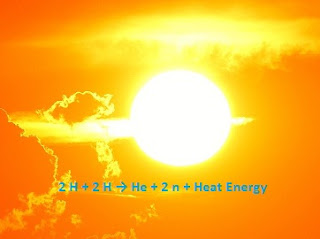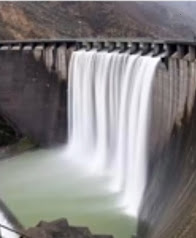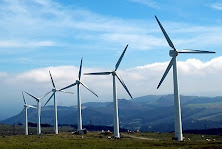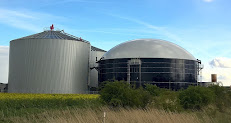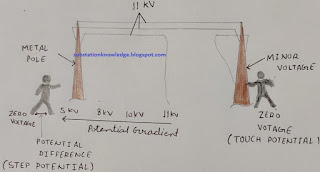WHICH FACTORS EFFECT THE ECONOMY OF ELECTRICITY?
The given below factors effect the power plant economy:
1.Electrical demand factor: It is the ratio of the maximum demand on a power system to the connected load on a power system by the consumer.
D.F. = Maximum demand / Connected load < 1
The value of the electrical demand factor is always less than one. Because the value of connected load is always greater than maximum demand.
Significance of demand factor: The significance of demand factor is given below:
- Capacity of the power generating station can be determined with the help of demand factor.
- With the help of demand factor, the cost and capacity of the equipment installed at the power generating station can be determined.
→In simple words, we can say that the electric demand factor shows the capacity of power generating stations. Because the electrical demand factor is the ratio of the maximum demand and the connector load. This gives us an idea of what the maximum demand will be at the generating station and thus we know the capacity of the power generating station.
2.Electric load factor: It is the ratio of average electric load to the maximum electric load.
E.L.F. = Average load / Maximum load <1
The value of electric load factor is always less than one. Because the value of maximum demand is always greater than average electric load.
Significance of load factor: We know that the capacity of the power generating station depends on the maximum demand. Thus if our average load and maximum demand will be the same, then the per unit value of generated electricity decreases. Because the generated electricity is almost equal to consumed electricity.
In other words, we can say that the value per unit of electricity decreases with the increase in the value of electric load factor and the value per unit increases with the decrease of electric load factor.
The value of the ideal load factor is unity, which is not possible.
3.Connected Electric Load factor: It is the ratio of the average load and the connected electric load on a given power system.This is expressed as follows:
C.L.F. = Average load / Connected load < 1
OR
C.L.F. = Load factor * Demand factor
The value of the connected electric load factor is always less than one. Because we know that the connected electric load factor is the ratio of the average load and the combined load and the value of the combined load is greater than the average load.significance of the connected load factor: The Significance of the connected electric load factor: We know that both the connected electric load and the load factor are directly proportional to the average load. Therefore, the significance of both
factor is the same.
Means if the value of the connected load factor increases then the value per unit of electricity decreases and if the value of the connected load factor decreases then the value per unit of electricity increases.
4.Diversity factor: It is the ratio of sum of individual maximum demand of different consumers and the maximum demand of entire group on the power supply system. This is expressed as follows:
D.F. = Sum of individual maximum demand / Maximum demand of entire group > 1
Example: Let maximum demand of different consumers at different times are given as:
Consumer A = 1 MW at 12:00 (time)
Consumer B = 3 MW at 14:00
Consumer C = 5 MW at 16:00
Consumer D = 7 MW at 15:00
Maximum demand of the substation / generating station : 10 MW
So, according to diversity factor formula:
D.F. = 1 + 3 + 5 + 7 / 10
= 1.5 > 1
The value of the diversity coefficient is always greater than one. Because we know that the individual highest demand is more than the maximum demand of entire group.
Significance of Diversity factor: We know that the capacity of a power generating station depends on its maximum demand. Therefore, if the value of the diversity factor is high (because at this time the value of the maximum demand of entire group will be lower, So the maximum demand or capacity of the power generating center will be less). Then the construction of a small power generation station will be required and the capital cost will be less. Thus decreases the value of per unit electricity.
Conclusion: These factors affect the generating cost of per unit electricity. So the knowledge of these factor is very necessary at the time of construction of power plant. The proper knowledge of these factor reduces the per unit cost of generated electricity.

